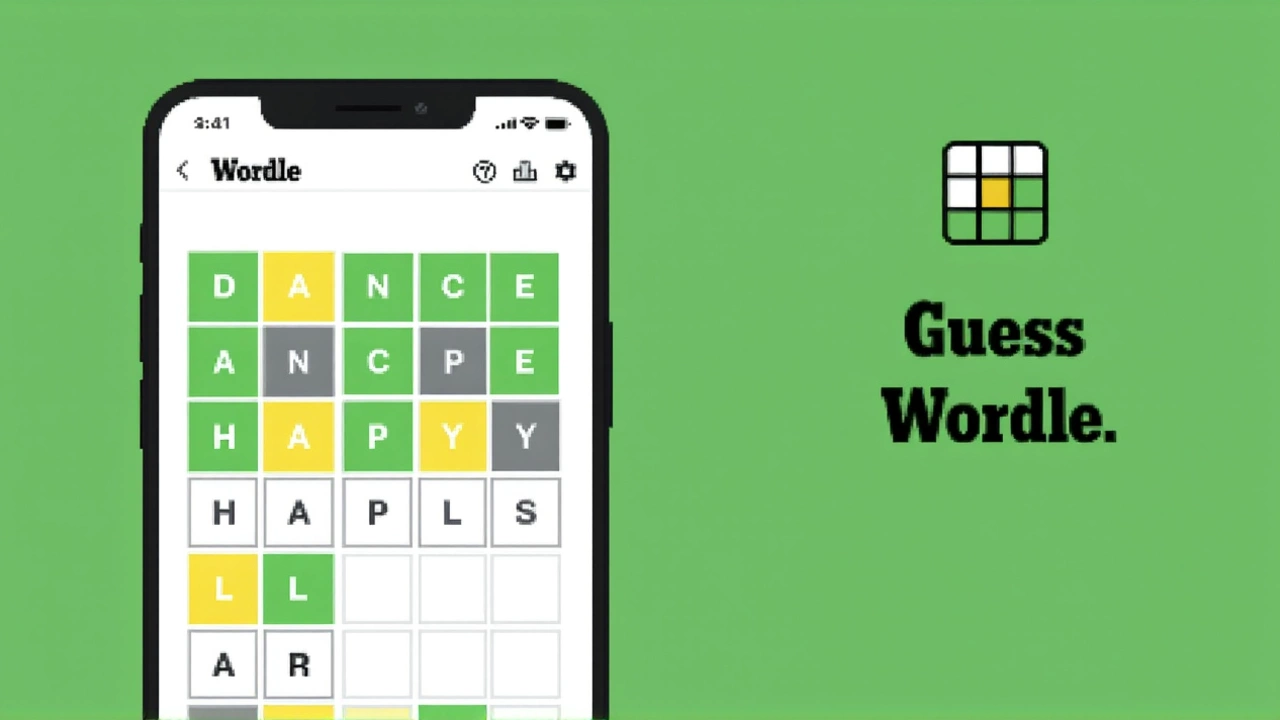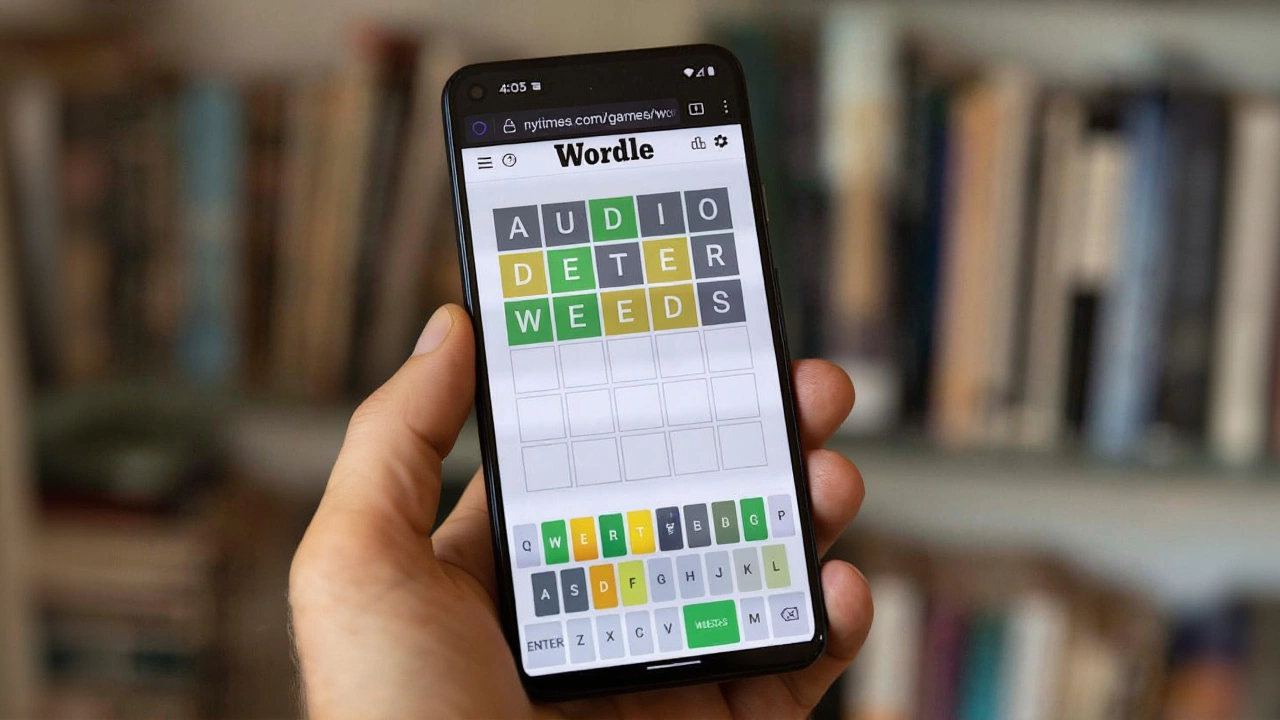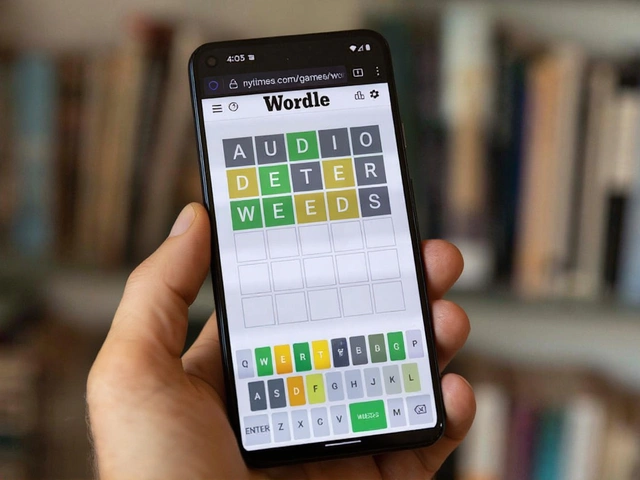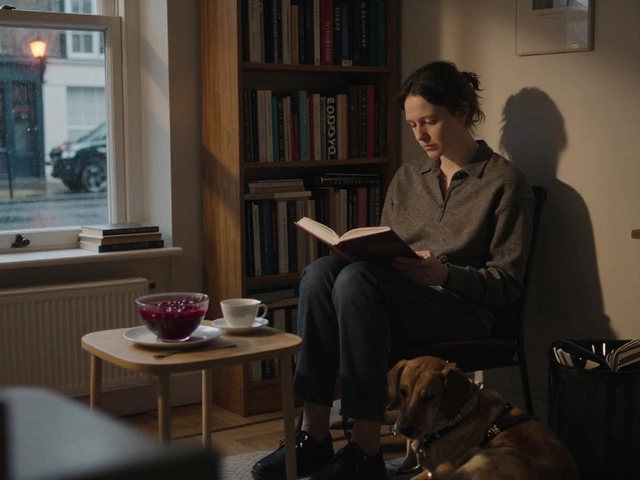When The New York Times rolled out Wordle puzzle #1580global release at midnight UTC on October 16, 2025, millions of browsers lit up with five‑letter anticipation. Within hours, two major outlets – The Times of India in New Delhi and TheGamer out of Toronto – confirmed the answer: CATTY. The word, an adjective meaning “intentionally harmful or malicious in speech; showing spite,” turned a routine brain teaser into a quick lesson on nuance and tone.
What is Wordle and Why It Still Captivates
Wordle, the daily five‑letter guessing game invented by software engineer Josh Wardle and bought by The New York Times in January 2022, is simple on the surface but slyly layered. Players have six chances to guess a secret word; each guess lights up green, yellow, or grey tiles indicating correct letters, misplaced letters, or absent letters respectively.
Beyond the color‑coded feedback, the game has morphed into a cultural ritual. A 2024 transparency report from The New York Times estimated 2‑3 million daily active players worldwide. That steady stream fuels a tiny economy of tip‑sites, Discord channels, and, of course, newspaper solution columns.
Today's Puzzle #1580 – Hints, Solution, and the Word Behind the Bite
The Times of India’s tech desk laid out four crisp clues:
- It’s an adjective, often used to describe speech or behaviour.
- The word points to remarks that are deliberately hurtful or spiteful.
- It’s the kind of comment that’s sly, sharp, or subtly offensive.
- Think of sneaky, maliciously critical words aimed at someone.
Put those together, and the answer spells CATTY. The publication didn’t just hand over the word; it also offered the definition straight from Merriam‑Webster, underscoring the nuance: “Intentionally harmful or malicious in speech; showing spite.”
TheGamer echoed the solution, noting that its own “letter hints” – a common practice of revealing which letters appear in the answer – matched the Times of India’s confirmation. While TheGamer didn’t list the four hints verbatim, its rapid publication within the same hour of the game’s launch reinforced the answer’s credibility.

Strategic Tips: How Players Cracked the Code
The Times of India also ran a mini‑guide titled “How to play Wordle,” breaking the process into five steps. Here’s the gist, repackaged for today’s catty challenge:
- Start strong: Kick off with a vowel‑heavy word like “SLATE” to map the board quickly.
- Read the colors: Green letters lock into place; yellow signals a misplaced letter; grey can be safely dropped.
- Test remaining vowels: If “A” lights up yellow, try “CARNY” or “RAVEN” to pin down its spot.
- Watch for repeats: Words like “CATTY” double up the “T,” a twist many novices miss.
- Strategic elimination: By guess 4, most players narrow it down to two or three possible words, making the final guess a near‑certainty.
One avid solver from Mumbai, who asked to remain anonymous, shared, “I’d never thought ‘catty’ would pop up. The key was noticing the double‑T after the second guess – that’s when everything clicked.”
Industry Reaction: Why a ‘Moderately Easy’ Word Still Matters
Wordle’s difficulty is deliberately calibrated. The Times of India labelled puzzle #1580 “moderately easy,” a phrase that may sound contradictory. The logic: while “catty” isn’t a daily‑use word for most, its letter pattern (C‑A‑T‑T‑Y) offers a familiar consonant‑vowel rhythm that seasoned players can detect once they’ve ruled out the common vowels.
Game‑design analysts point out that Wordle’s success hinges on this balance. “If every word were too easy, the game would lose its hook; too hard, and players quit,” says Dr. Priya Mehra, a cognitive psychologist at the University of California, Berkeley. “The sweet spot keeps daily engagement high while still delivering that ‘aha!’ moment.”
From a business perspective, the continued media coverage signals Wordle’s staying power as a revenue‑generating property for The New York Times. Advertising partners and subscription bundles often ride the wave of daily buzz, converting casual gamers into paying readers.

Looking Ahead: What’s Next for Wordle?
As we close the notebook on October 16, the question on every puzzler’s mind is: what will tomorrow’s word be? The New York Times has hinted at a new “hard‑mode” variant rolling out later this year, promising longer words and fewer guesses.
Meanwhile, the community continues to evolve. Regional leaderboards, multilingual versions, and even AI‑generated daily clues are on the horizon, according to a senior product manager at The New York Times. The core premise remains untouched: six guesses, a five‑letter mystery, and a shared sense of triumph when the answer finally clicks.
Frequently Asked Questions
What does the word “catty” actually mean?
“Catty” describes remarks that are deliberately hurtful, sly, or malicious in tone. Think of a comment that’s meant to sting without being overtly aggressive – it’s the verbal equivalent of a cat’s hiss.
How does Wordle decide the difficulty of each day's word?
The game’s editorial team maintains a curated list that balances common letters with occasional rarer vocabulary. Frequency data from large corpora help ensure that some days feel easier while others push seasoned players to think harder.
Can I find official hints before the puzzle expires?
Official hints aren’t released by The New York Times. However, many news sites, including The Times of India and TheGamer, publish their own clue columns shortly after the game goes live.
Why do players care so much about maintaining a streak?
Streaks tap into a basic human desire for consistency and achievement. Hitting a 30‑day streak, for example, feels like a tiny win each day, reinforcing the habit loop that keeps users returning.
Will the upcoming “hard‑mode” affect the daily player base?
Early testing suggests hard‑mode will attract more hardcore puzzlers without alienating casual fans, because the classic six‑guess, five‑letter version will still be available alongside the new challenge.




